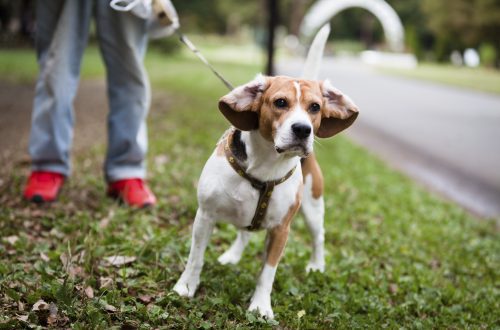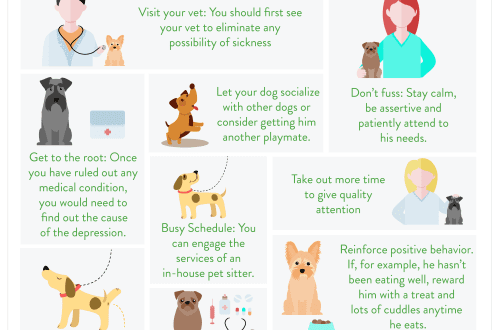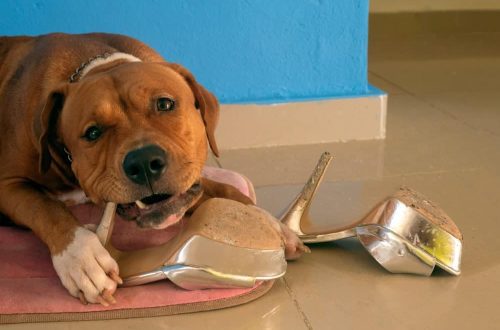
Dogs shed
Many dogs shed, and that’s why you think that if you take a puppy into the house, then permanent hair in the house will become the norm for you. This is far from the truth! Don’t be afraid to take a dog into your family if your only concern is shedding. There are many non-shedding (low shedding) dogs that can be adopted and recommendations that you can use if your pet sheds too much in your home.
Contents
Why do dogs shed?
To understand why shedding occurs, it is important to understand how important coat is to a dog. First, the most important function of wool is to protect your pet’s skin, her most important organ, from sun, heat, cold and more. Wool also maintains the animal’s normal body temperature. Some shedding dogs have a thick undercoat that serves to keep the pet warm and cool, much like insulation keeps your home warm and cool all year round.
Just like human hair, a dog’s coat is constantly growing. When wool stops growing at the end of its natural life cycle, it breaks. The amount of hair shed can vary by breed, season, and health condition. Some dogs shed more than others. Have you ever noticed hair on your pillow or in the bathroom? While your dog’s hair may not end up in your shower, it will be everywhere from your carpet to your clothes if you don’t take the necessary precautions.
Also, a common misconception is that shedding depends on the length of your dog’s coat. This is not true. Shedding depends more on the breed than on the length of the coat. Although trimming a long-haired dog will eventually reduce the amount of shedding hair, this does not mean that shedding will stop – only the amount of shedding hair that needs to be removed will decrease.
Changes in the amount of wool shed
It is important to find out what is causing your furry friend to shed – notice any changes in the shedding coat. As soon as you bring the puppy home, pay attention to how much hair he sheds. Do you notice a few hairs here and there, or do you find that every time you sit down, your clothes are covered with a lot of wool? Once you know what is normal for your pet, you will be able to better identify changes in the amount of hair shedding. A simple indicator to notice is thinning of your dog’s coat resulting from excessive biting or scratching due to skin conditions or parasites.
The change of season has a great influence on molting. Dogs usually shed once or twice a year, but that doesn’t mean you won’t notice hair in the house all year round, as hair breaks when its life cycle ends. Major seasonal changes occur when a dog sheds most of its coat, and this is common in breeds with undercoats such as the Siberian Husky.
Stress is another factor contributing to hair loss. An anxious dog may shed more hair than a carefree one. Identify sources of stress in your pet’s environment, eliminate them, and see if shedding is reduced. Shedding is a serious problem when it is accompanied by other symptoms such as skin lesions or itching.
There are many health reasons why your dog’s shedding cycle may change. According to PetMD, “Infestation with parasites such as fleas, lice or ticks can cause hair loss in large numbers. Ringworm, dermatitis and certain types of fungal infections, immune disorders, and cancer can also cause hair loss. Hormonal changes and allergies are another reason for shedding. Certain foods, medications, household cleaners, and grooming products can cause allergic reactions in dogs.
Contact your veterinarian immediately if you notice significant changes in shedding.
Slow down the shedding process
Shedding is important for dogs as it promotes new healthy coat growth. However, if your dog leaves most of his hair on your clothes, you need to take steps to reduce the amount of hair shed. Grooming your dog will help remove the hair before it seeps into every corner of your home. You can brush out excess hair with a brush. It is good for coat, undercoat and skin. Also, like cats, many dogs enjoy being brushed. Grooming your dog also helps you bond with your dog. Brush your dog daily if possible. If this is not possible, do this several times a week. There are also products that can help remove excess hair so you don’t have to vacuum every hour.
In addition, make an appointment with a professional pet groomer. Of course, bathing at home is good, but the dog can develop skin diseases if you do not rinse or dry it well enough. Professional pet groomers are experienced with dogs of all sizes and have the right tools and cleaning supplies. Some shampoos are good for your dog’s skin and coat – they can improve the condition of the animal’s coat and reduce shedding.
Nutrition plays an important role
Nutrition is another important factor in your dog’s overall health, as well as its skin and coat. Feeding a balanced diet can help maintain the shine and health of the coat and, as a result, reduce the amount of shedding.
How to keep your house clean
Stop thinking about whether to invite your friends to watch a match or a holiday party – do it!
There are many ways to clean your home of dog hair. To protect couches, chairs, and beds, place blankets that trap loose hair. The main tool for cleaning wool is a vacuum cleaner, with which you can clean wooden surfaces, tiles and carpets. Use any attachment to clean your pillows or any dust or hair in your home. To clean a wooden or tiled floor from unnecessary hair, an ordinary broom is suitable. Use a damp paper towel to pick up loose hair. Use sticky rollers to clean clothes and curtains. In addition, effective air filters for the home will help remove hairs that get into the air. All these devices will not only help you keep your house clean, but will also benefit any person who is allergic to dog hair who comes to visit you.
10 most common dog breeds that shed heavily
Here are the 10 most common dog breeds that shed, according to VetStreet.
These fluffy balls have a lot of hair and leave it everywhere they go.
St. Bernard.
Large Pyrenean dog.
Akita-inu.
Chow-chow.
Siberian husky.
Golden retriever.
German Shepherd.
Labrador retriever.
Alaskan Malamute.
Alaskan Husky.
Ten non-shedding dogs (well, actually, dogs that just shed less!)
There is no dog that does not shed at all. However, VetStreet believes that the dogs listed below shed less. Many (though not all) of the dogs on this list are usually much less likely to cause disease reactions in people who are allergic to dog hair, but there is no such thing as a “hypoallergenic dog”.
Cairn terrier.
Airedale.
Dachshund.
Boston terrier.
Chihuahua.
Maltese.
Yorkshire Terrier.
Dwarf crested dog.
Bichon Frize.
Poodle.
If you’re worried about your dog shedding or about to adopt a shedding dog, don’t be discouraged – it’s just their nature. Sure, cleaning up after these dogs can be a bit of a hassle, but the love and joy they bring you will more than make up for the two extra minutes you spend every day roller-cleaning that black sweater.





